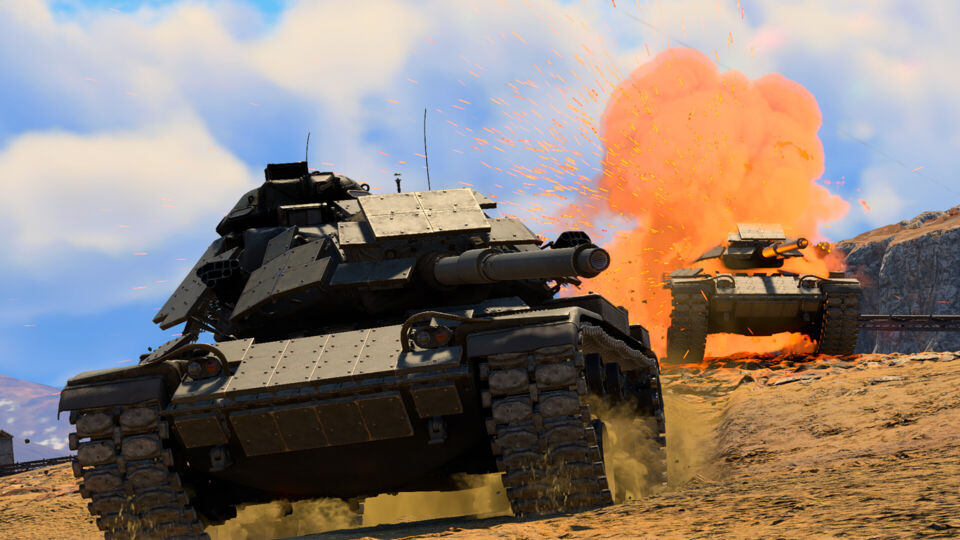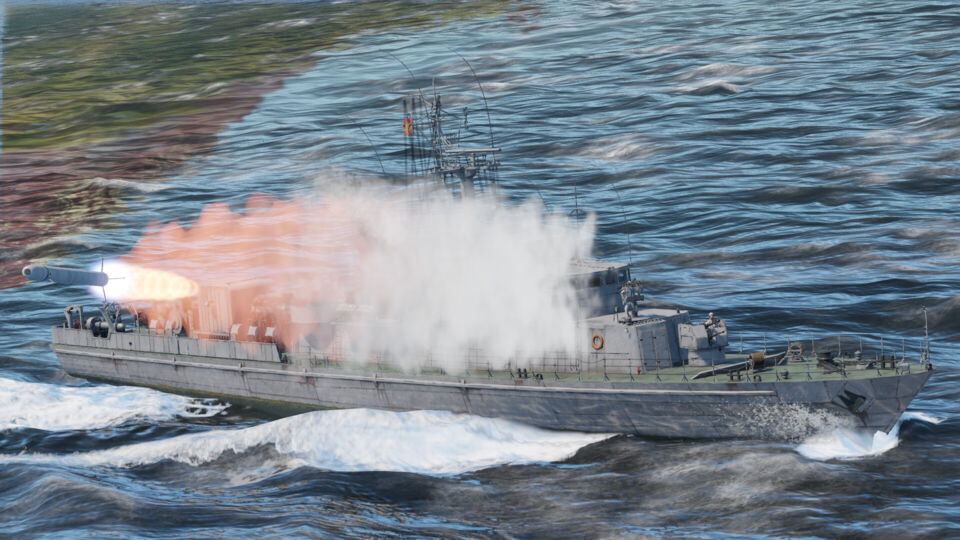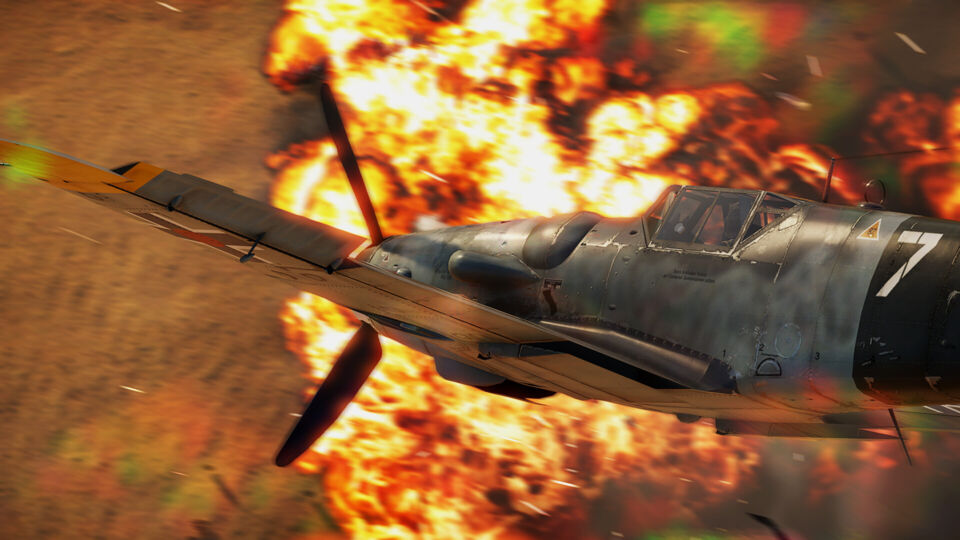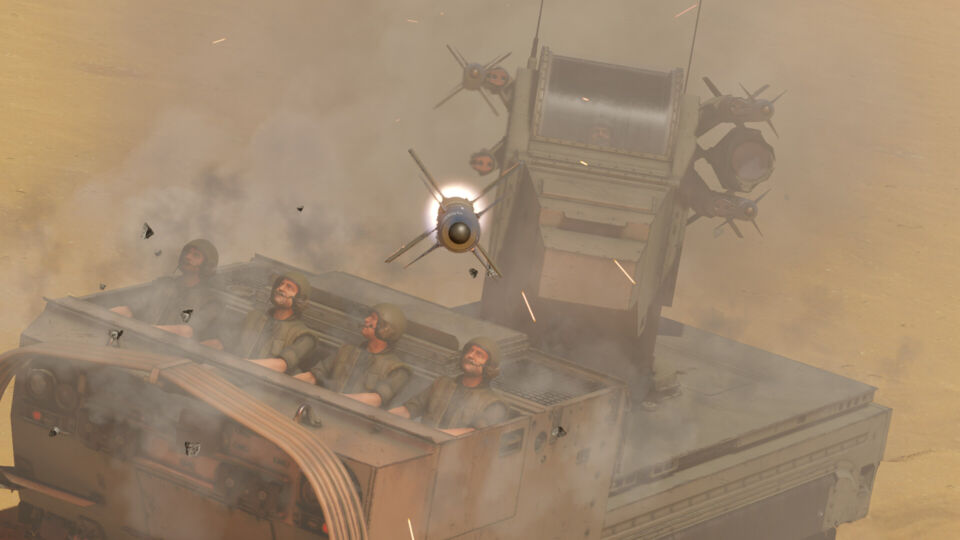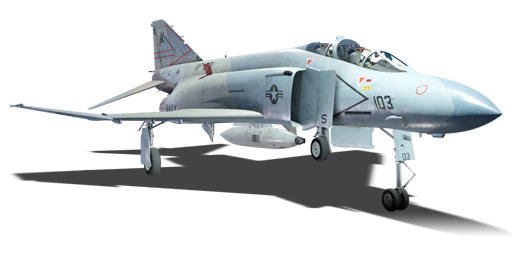The Panzerkampfwagen II, also known as the PzKpfw II, Panzer II, or Sd.Kfz 121 was a light German tank used in World War II and the pre-war period. Developed in the 1930s by MAN and Daimler-Benz, it was intended as a temporary solution and formed the backbone of the Wehrmacht’s armored divisions at the beginning of the war. A total of 3,404 Panzer II’s of various types were built. They were used not only by Germany but also by Romania, Slovakia, and Norway.
The French AMX-30 MBT received wide appreciation both in the French army and the world market. Spain, Saudi Arabia, and Greece were among the nations interested in this vehicle. The tank couldn’t offer record-breaking performance, but its simplicity and reliability were very attractive. And besides, the seller wasn’t too picky about potential buyers. A main battle tank at an affordable price, even with some caveats, was an offer attractive enough for the AMX-30 exports to near 1,000 units.
The M60A3 TTS (Tank Thermal Sight) is the final evolution of the legendary M60 Patton series. Equipped with advanced optics, improved firepower, and enhanced survivability features, the M60A3 TTS remains a formidable force on the battlefield. While it may lack the speed and cutting-edge technology of modern MBTs, its robust armor and powerful 105mm cannon ensure it can still hold the line against contemporary threats.
The Project 89 “Bernau” is a low BR Sub-Chaser and Minesweeper found in the German coastal tech tree. It features a unique weapon in the form of the Strela-2M SAM that can deal with most aircraft it can face without much trouble. Despite its size however it is very vulnerable to enemy fire due to the lack of armor as well as a very low crew count.
The Kawasaki Ki-10, designated as Army Type 95 Fighter (九五式戦闘機, Kyūgo-shiki sentōki), was the last biplane fighter adopted by the Imperial Japanese Army (IJA). Introduced in 1935, its exceptional maneuverability and robust design made it a favorite among Japanese pilots during its operational tenure. Its Allied reporting name was “Perry”.
The Namer Tsrikhon is an experimental IFV based on the Israeli Namer APC, with the Namer itself being derived from the Merkava Mk.4 main battle tank. The Tsrikhon uses an unmanned turret which replaces the exposed weapons mount on the preceding Namer 30. Additionally, the turret is also fitted with the Trophy active protection system which can intercept ATGMs and other guided missiles. With its thick armor and spacious interior inherited from the Merkava, the Namer Tsrikhon is a relatively well-protected vehicle with good survivability, capable of withstanding much more punishment than contemporary light tanks and IFVs. However, the Tsrikhon also inherits the Merkava’s heavy weight, which limits its mobility in battle.
The Bf 109 (or Me 109) really needs no introduction. It is one of the most famous and popular aircraft of the Second World War, and the fighter with the most aerial victories ever. In my previous article, I wrote about the history of the Messer’s development. This one will focus on these fighters in War Thunder (primarily in Air RB), their performance, strengths & weaknesses, tactics, recommendations, and some fancy graphs.







